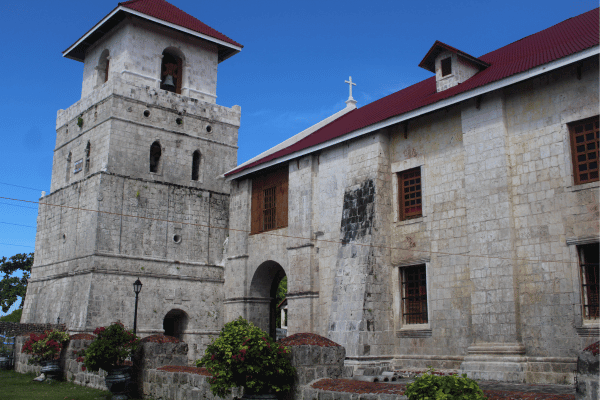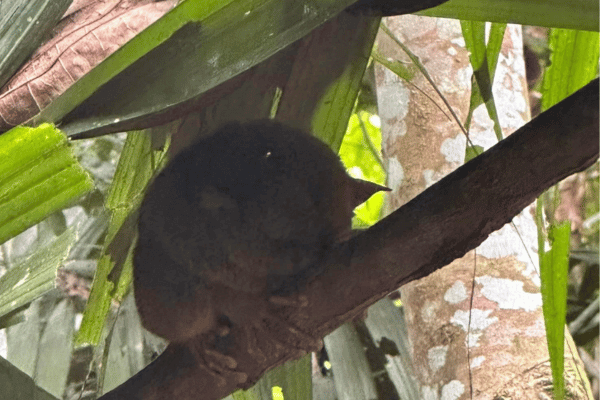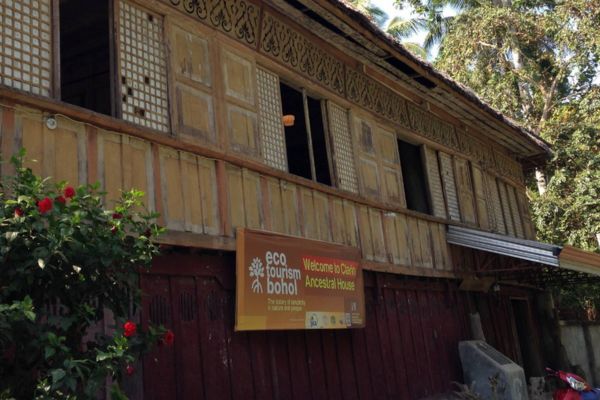Historic Sites In Bohol: Exploring The Rich Heritage
Introduction
Nestled in the heart of the Philippines, Bohol is a gem laden with historical and cultural treasures. This magnificent island province, brimming with rich heritage and captivating landmarks, beckons history buffs and culture enthusiasts alike. From the iconic Chocolate Hills to the enchanting Philippine tarsiers, Bohol offers a unique blend of natural wonders and historical significance. As we delve into this journey, we’ll explore the corners of Bohol that echo the tales of Filipino resilience and splendor.
| Historic Site | Location | Historical Significance |
|---|---|---|
| Baclayon Church | Town of Baclayon, Bohol | One of the oldest Christian settlements in the Philippines, showcasing 18th-century colonial architecture. |
| Blood Compact Shrine | Tagbilaran City, Bohol | Commemorates the first treaty of friendship between Filipinos and Spaniards in 1565, symbolizing unity and peace. |
| Loboc River | Loboc, Bohol | A significant cultural landmark, reflecting the traditional Filipino lifestyle and Bohol’s natural beauty. |
| Punta Cruz Watchtower | Maribojoc, Bohol | A historical defense structure against pirates, representing Spanish colonial architectural ingenuity. |
| Philippine Tarsiers | Tarsier Sanctuaries in Corella, Sikatuna, and Loboc, Bohol | Symbolize Bohol’s rich biodiversity and ecological importance, considered a cultural icon. |
| Loboc and Duero Churches | Loboc and Duero, Bohol | Significant ecclesiastical sites, showcasing the blend of Filipino craftsmanship and Spanish influence. |
| Mt. Carmel Hill | Balilihan, Bohol | Offers panoramic views and historical significance, marking important historical events in Bohol. |
| Clarin Ancestral House | Loay, Bohol | A preserved relic of the Spanish era, providing insight into the lifestyle of the Boholano elite during colonial times. |
| Other Lesser-Known Sites | Various locations in Bohol | Include Panglao Church and other heritage structures, each with its unique history and cultural value. |
The Legacy of Baclayon Church

Baclayon Church, a parish church built in the 18th century and declared a national cultural treasure, stands in the town of Baclayon, a key heritage site in Bohol. Its rich history not only contributes to the cultural and historical fabric of the province of Bohol but also places it among the top heritage structures in the Philippines. The church’s architectural marvels, from its aged stone walls to the intricate religious relics within, narrate the story of the Philippines’ colonial past under Spanish rule. Baclayon Church, located a mere few kilometers from Tagbilaran City, is not just a tourist attraction but a beacon of the enduring faith and history of the region. Learn more about this historical landmark and other Bohol tourist spots here.
Baclayon Church, a parish church built in the 18th century and declared a national cultural treasure, stands in the town of Baclayon, a key heritage site in Bohol. Its rich history not only contributes to the cultural and historical fabric of the province of Bohol but also places it among the top heritage structures in the Philippines.
Blood Compact Shrine: A Symbol of Friendship

Journeying a little further, we encounter the Blood Compact Shrine, a national historical landmark commemorating the first treaty of friendship between the Filipinos and Spaniards. This event, led by Datu Sikatuna, a local chieftain, and Spanish explorer Miguel Lopez de Legazpi in 1565, marks a significant moment in Philippine history. The Blood Compact Shrine, located in Tagbilaran City, offers a glimpse into the diverse history and cultural influences that have shaped the island. The monument, a work of national artist Napoleon Abueva, captures the essence of this historic event, making it a must-visit for those keen to delve into the rich history and culture of Bohol.
The Enigmatic Loboc River

Venturing deeper into Bohol’s heart, the Loboc River presents itself as more than just a picturesque natural attraction. This river has played a pivotal role in the historical and cultural fabric of Bohol. A river cruise, highly recommended for visitors, offers a serene way to appreciate the lush greenery and the traditional Filipino lifestyle along its banks. The river’s course through the island province, passing near towns like Loboc and Dimiao, offers an opportunity to learn about the history and culture of Bohol. Loboc River is not just a body of water; it’s a lifeline that has nurtured generations, a silent witness to the evolution of the Boholano culture. Immerse yourself in this unique experience and explore more about the Loboc River Cruise in Bohol here.
The Significance of Punta Cruz Watchtower
Located just kilometers from Tagbilaran City, the watchtower is a popular tourist attraction and has been declared a national cultural treasure, underscoring its importance to the historical commission. This historical tower of adobe and limestone is a remarkable example of Spanish colonial architecture. Erected as a defense mechanism against marauding pirates, the watchtower today stands as a symbol of the resilience and strategic ingenuity of the Boholanos during the Spanish colonial period. Its unique hexagonal structure and the scenic view of the Bohol Sea it offers make it a fascinating stop for history buffs and architecture enthusiasts.
The Mystical Charm of Philippine Tarsiers

No exploration of Bohol’s heritage is complete without mentioning the Philippine tarsiers, one of the smallest and oldest primate species on the planet. These tiny creatures are an integral part of Bohol’s ecological and cultural heritage, symbolizing the island’s rich biodiversity. Conservation efforts to protect these mystical beings highlight the Boholanos’ commitment to preserving their natural heritage. Discover more about these enchanting creatures and their habitat in Bohol here. Their preservation on Panglao Island, part of Bohol Philippines, is crucial for maintaining the ecological balance and cultural heritage of the region.
Unveiling the Heritage of Loboc and Duero Churches
As we delve deeper into Bohol’s ecclesiastical heritage, the Loboc and Duero Churches emerge as epitomes of historical and architectural grandeur. The Loboc Church, renowned for its age-old bell tower and stunning frescoes, represents a fusion of Filipino creativity and Spanish influence. Meanwhile, the Duero Church stands as a silent guardian of Bohol’s past, with its classic Baroque architecture and storied past. These churches are not just places of worship, they are custodians of centuries of history and culture, showcasing the rich spiritual life of the Boholanos.
The town of Loboc, home to one of these stone churches in the Philippines, also hosts the Carlos P. Garcia Memorial Park, featuring the Dagohoy marker, a tribute to the revolutionary leader Francisco Dagohoy.
Exploring Less-Known Sites: From Mt. Carmel Hill to Clarin Ancestral House
Bohol’s historical tapestry is woven with numerous lesser-known sites, each with its unique narrative. Mt. Carmel Hill, with its panoramic views and historical significance, offers a tranquil escape. The Clarin Ancestral House, a preserved relic of the Spanish era, provides a window into the lifestyle of the Boholano elite during colonial times. These sites offer a glimpse into the top heritage and architectural wonders of Bohol, a province celebrated for its UNESCO World Heritage Sites and rich history.

Final Thoughts
Our journey through the historic sites of Bohol reveals not just the landmarks themselves, but the stories and spirits behind them. From the solemn halls of age-old churches to the tranquil waters of the Loboc River, each site contributes to a tapestry that is uniquely Boholano. As we leave these shores, we carry with us a deeper appreciation of Bohol’s rich history and culture, a reminder of the Philippines’ diverse heritage. It’s a call to not only explore but also to preserve these treasures for generations to come.
For those eager to explore further, delve into the myriad of attractions in Bohol here.